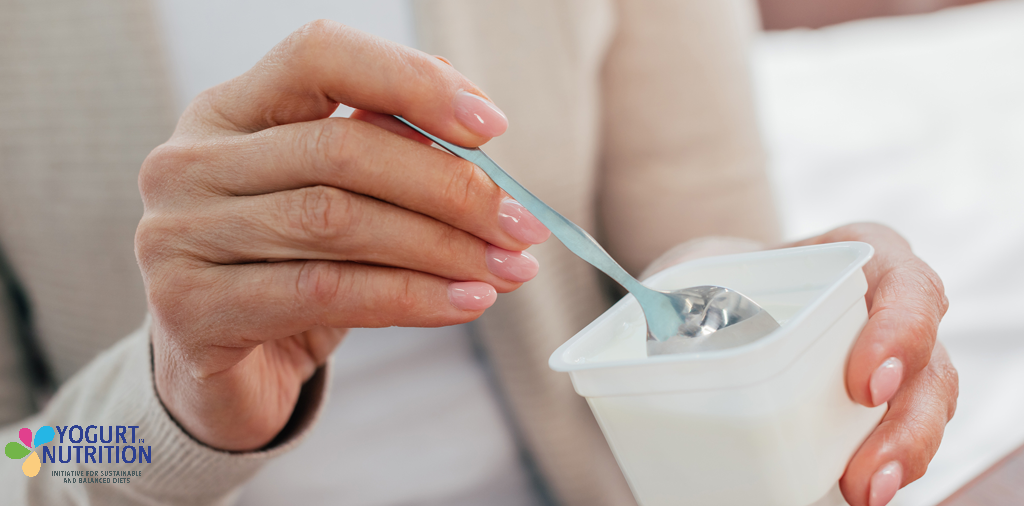Boosting milk production in low-income countries holds the key not only to improving people’s health but also to supporting livelihoods, say the authors of this article. In a win-win situation, sustainable farming to get cows to produce more milk using local natural resources is a good way to improve nutrition while protecting the environment.
Food security is the no. 1 priority for many countries
Many low-income countries continue to face the challenges of high rates of childhood under-nutrition and stunting. So top of the list of priorities for these countries is ensuring everyone gets enough to eat, and any sustainability measures aiming to curb climate change must also consider this crucial need for food security, the authors say.
The good news is that some low-income countries have livestock resources that could perhaps be intensified sustainably so that more milk is produced and consumed, hence improving people’s nutrition and health and at the same time reducing greenhouse gas emissions.
Milk and dairy foods provide high-quality nutrients
Milk and dairy foods provide a high-quality nutrient package that’s hard to meet in parts of the world that rely heavily on plant-based foods.
But as well as being a vehicle for delivering vital nutrition, milk production and consumption in low-income countries can also play a key role in peoples’ livelihoods.
‘…in low-income countries…milk production and consumption represent a vehicle to improve human nutrition and health, as well as the potential for economic opportunity and improved livelihood of subsistence farmers.’ – Tricarico et al, 2020.
Cattle have many jobs to do
That’s especially so because livestock in poor rural areas do much more than just provide milk and meat. They’re also used to work the land and they often serve as a means of transport, while their manure provides fuel and building material. They’re also hugely important economically, acting as insurance against crop failure, and they may be used in ceremonies or for dowry.
People tend to keep as much livestock as they can – but if there’s not enough animal feed and water to go round, this can lead to cows providing little or no milk for several months of the year.
Sustainable milk production – more milk from each cow
Enabling dairy cows to produce more milk means that farmers wouldn’t need to keep so many animals – which in turn can reduce greenhouse gas emissions, the authors point out
Increased milk production could be achieved by improving cattle feed, adopting better husbandry practices to raise healthier animals, and selective breeding for traits such as improved milk yield, fertility and disease resistance. Promoting milk and dairy food consumption, improving the regional infrastructure, and ensuring that everyone has access to affordable milk and dairy foods will also be crucial, say the authors.
‘An increase in productivity of dairy cattle might be an effective way of reducing GHG emission intensity in low-income countries.’ – Tricarico et al, 2020.



